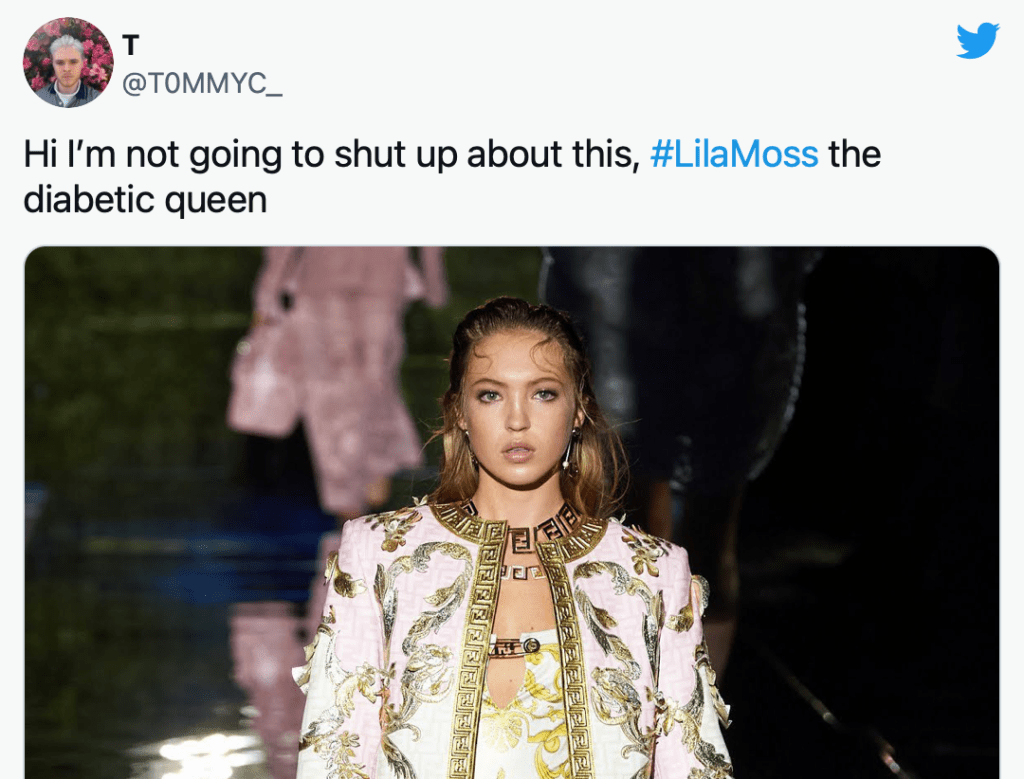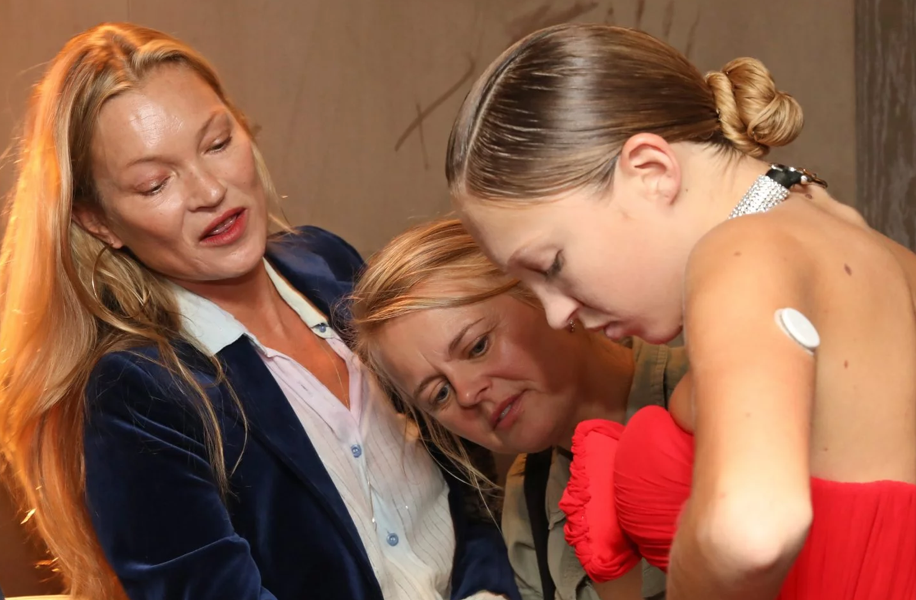When many think about representation in the modeling world, they often think about identity categories such as gender, race, sexual orientation or nationality. The fashion industry has seen great strides with designers and brands doing their part to bring in diverse models to showcase their designs. One identity category that has not been shown as frequently, or maybe has been simply forgotten about in the grand scheme of representation, is able-bodiedness.
Yes, there have been some disabled models featured in the fashion industry: Madeline Stuart, Kelly Knox, Jillian Mercado and Aaron Phillip are all great examples of designers pushing for better representation of disabilities. What we aren’t seeing is any acknowledgement of disabilities that can easily be hidden or ignored. There are “invisible” disabilities that are not immediately apparent to others; chronic illnesses such as diabetes, chronic pain, mental illnesses or personality disorders are just some examples.
Often, if a model has an “invisible” disability, the disability just isn’t mentioned. This could be considered a good thing by some people because it shows that we aren’t minimizing someone simply to their disability, but rather looking at them as a whole person. But it also means that whatever disability they have isn’t being talked about or displayed, so people with those same underlying conditions don’t ever see themselves represented in the fashion world.
Challenging this norm of keeping silent about invisible disabilities was Lila Moss’s walk in the Versace by Fendi show during Milan Fashion Week. Her omnipod insulin pump got as much attention as the eccentric Versace outfit she modeled.

Moss’ has type 1 diabetes, an autoimmune disease that typically appears during adolescence. People who have diabetes must take insulin to compensate for their bodies’ inability to produce insulin on its own. The omnipod is a sophisticated insulin pump that helps manage her body’s insulin needs. Diabetes, although it monumentally impacts her daily life, is not easily apparent to others. It is thus considered an invisible, or hidden, disability. Most people wouldn’t know that Moss had diabetes unless she explicitly told them or they saw her insulin pump. That is why the decision of both Moss and Fendi not to cover her insulin pump on the runway is such a big deal.
For the show, Moss wore a one-piece swimsuit designed by Kim Jones, with Jone’s interpretation of Versace’s gold baroque pattern and signature safety pin. Accompanying the swimsuit was a logo-covered blazer, matching tote bag, metallic jewelry, purse and shoes. Most importantly, Moss’ omnipod was on full display on her left thigh. By choosing to display her pump proudly on the catwalk, Moss helped normalize the device. It was also a big step for the representation of diabetes in the fashion community.

Many fans praised the model for raising awareness and providing visibility of type 1 diabetes in the fashion industry. Insulet, the company that manufactures the omnipod insulin pump, said in an interview with PopSugar that they were honored to see their device on the runway and they hope to see it even more in the future.
“Inclusivity and normalization of diabetes is one of our main goals and we’re honored to see diabetes technology worn proudly, hopefully inspiring others to do the same,” Insulet chief marketing officer Lei Mercado said.
Across Twitter, fans expressed their delight at seeing an insulin pump on full display. Many tweeted their support of Moss and thanked her for inspiring many diabetics and helping them feel seen within the fashion industry. They also expressed hope that this wouldn’t be the last time an insulin pump was seen on the catwalk.

Seeing an insulin pump on the runway raises diabetes awareness and helps make invisible disabilities visible in the fashion world. While the modeling industry has done a great job of showcasing a wider diversity of models, there are always improvements that can be made.





